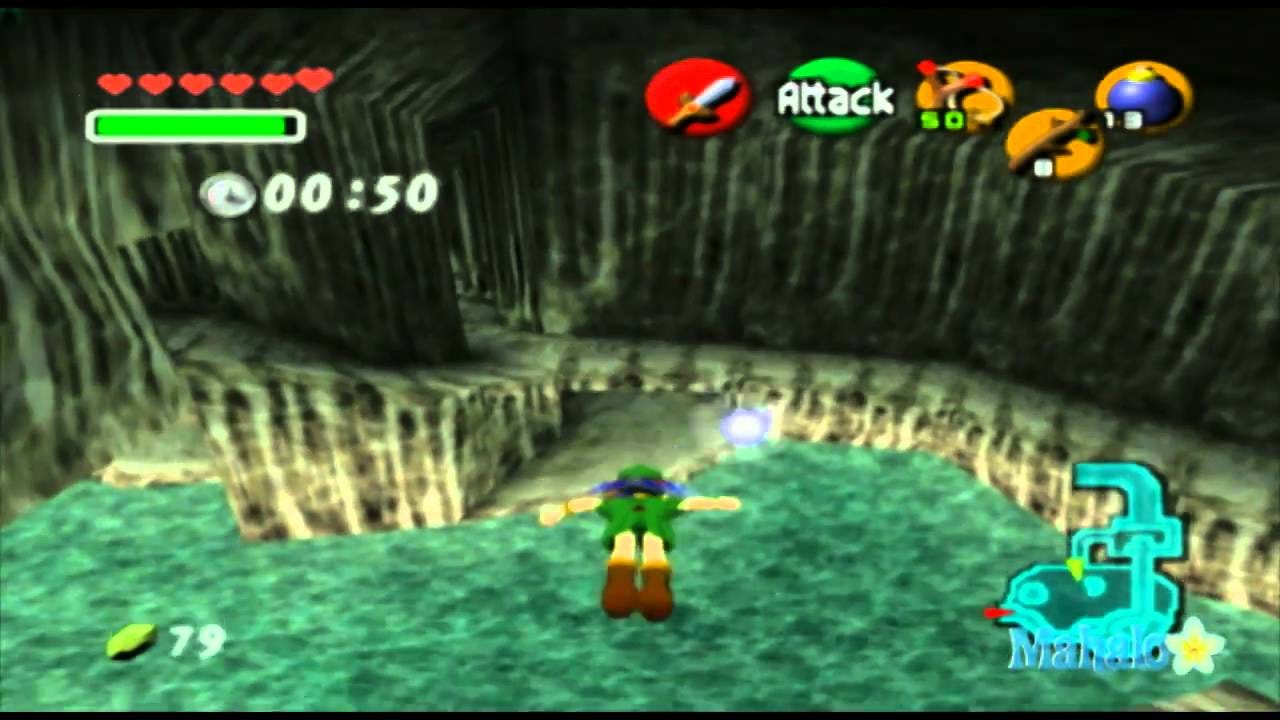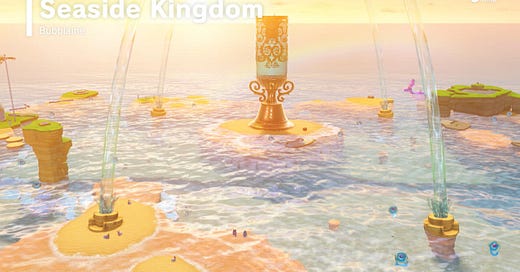Product Dive: What makes a video game soundtrack sound "water level-y"?
A breakdown of Nintendo's water level soundtracks
I like to switch up between listening to Lo-Fi and video game sound tracks to keep me focused while working. While listening to the Super Mario Wonder full OST, I realized that the moment Beach Theme played, I could tell that the track was made for an underwater level. Although I did fully complete the game shortly after it was released, making me familiar with all the level soundtracks, I still haven’t touched my Switch copy in over a year. Looking through community forums of video game enthusiasts, it is believed that water levels give off a similar atmosphere to that of sky levels - they feel like you can float forever in a vast open space. However, there are still some defining characteristics that give a song a unique water-based level feel.
What’s the feel of a water level?
Water levels commonly feature instruments like the marimba, glockenspiel, steel drums. I’ve long associated these instruments with tropical areas, especially since growing up listening to The Little Mermaid’s Under The Sea. I tried figuring out why these instruments feel tropical or ~aquatic~ but I have yet to find anything convincing enough. It almost feels like The Little Mermaid had such a big cultural impact on our generation that it turned an instrument originating from Africa into a sound that makes you think of water. If you have any better guess though please let me know.
The marimba, glockenspiel and steel drums can be heard in water-based levels like Zora’s Domain (The Legend of Zelda: Ocarina of Time) and Tadtone Trial (The Legend of Zelda: Skyward Sword) which use these instruments to introduce a fun rhythmic progression to the level while also keeping a bouncy feeling that reminds me of a dolphin speeding through the ocean or bubbles of air popping. Just hearing the marimba, glockenspiel or steel drums on their own feels festive and reminds me of the beach, but it still doesn’t feel water-y enough.

The biggest mass of water, the ocean, is vast and mysterious. Game audio designers encapsulate that feeling of unknown in water levels through long sustained notes and soothing repetitive chord progressions. A lot of game enthusiasts’ favorite water level soundtrack comes from the game Donkey Kong Country. DKC’s Aquatic Ambiance features exactly what I would imagine being deep in the ocean feels like - mysterious background sounds that last an uncomfortably long amount of time, an occasional muffled sonar radar going off, and short bursts of something moving fast like a school of fish swimming around. Common instruments that are used to represent long sustained notes are flutes and strings - but without the short burst of action, the use of these instruments might sound too much like Sky-based levels.
Sound travels differently in water as opposed to above water. Sound travels much faster under water and low-pitched sounds travel much farther than high-pitched sounds. That difference in how sound travels creates a muffled sound, which I found out in a Charles Cornell video can be replicated using a Low-Pass filter found in modern audio software. The muffled aspect of under water tracks is especially noticeable when video game sound designers flavor a water level soundtrack differently depending on if the player is moving above or below water. A clear example of such a transition can be found in Banjo Kazooie. The 8-Bit Music Theory channel points out that in Banjo Kazooie’s orchestral arrangement, whenever Banjo jumps into the water, the music goes from a full orchestra to a marimba solo of the level’s theme to mimic how sound is heard differently underwater. Replacing all the instruments that were present before with just a single marimba is a simple but effective way to feel like you’re losing on some frequencies underwater.
Another one of my favorite example comes from the Bubblaine soundtracks in Super Mario Odyssey. Bubblaine has 2 distinct versions - one when Mario is hanging around on the beach above the water, and another one that plays when Mario is swimming under water. The Underwater version of the track keeps the same essence of the original arrangement but it sounds distinctly more “underwater”. The main melody remains the same, but the notes are sustained for much longer making the sound feel more dreamy - but it feels watery rather than sky-y because of the muffled sound created with a low-pass filter. The original Bubblaine track has some accordion riffs, soft drums, and chimes sprinkled throughout the track, whereas the Underwater Bubblaine version removes most of those instruments other than leaving the sound of a tiny bit of marimba occasionally.
And finally, the biggest giveaway: sometimes water level OSTs just include actual bubble sounds, or muffled instruments that really sound like bubbles like in Swamp Palace from The Legend of Zelda A Link Between Worlds. It’s easy to associate the sound of bubbles with a water level.





